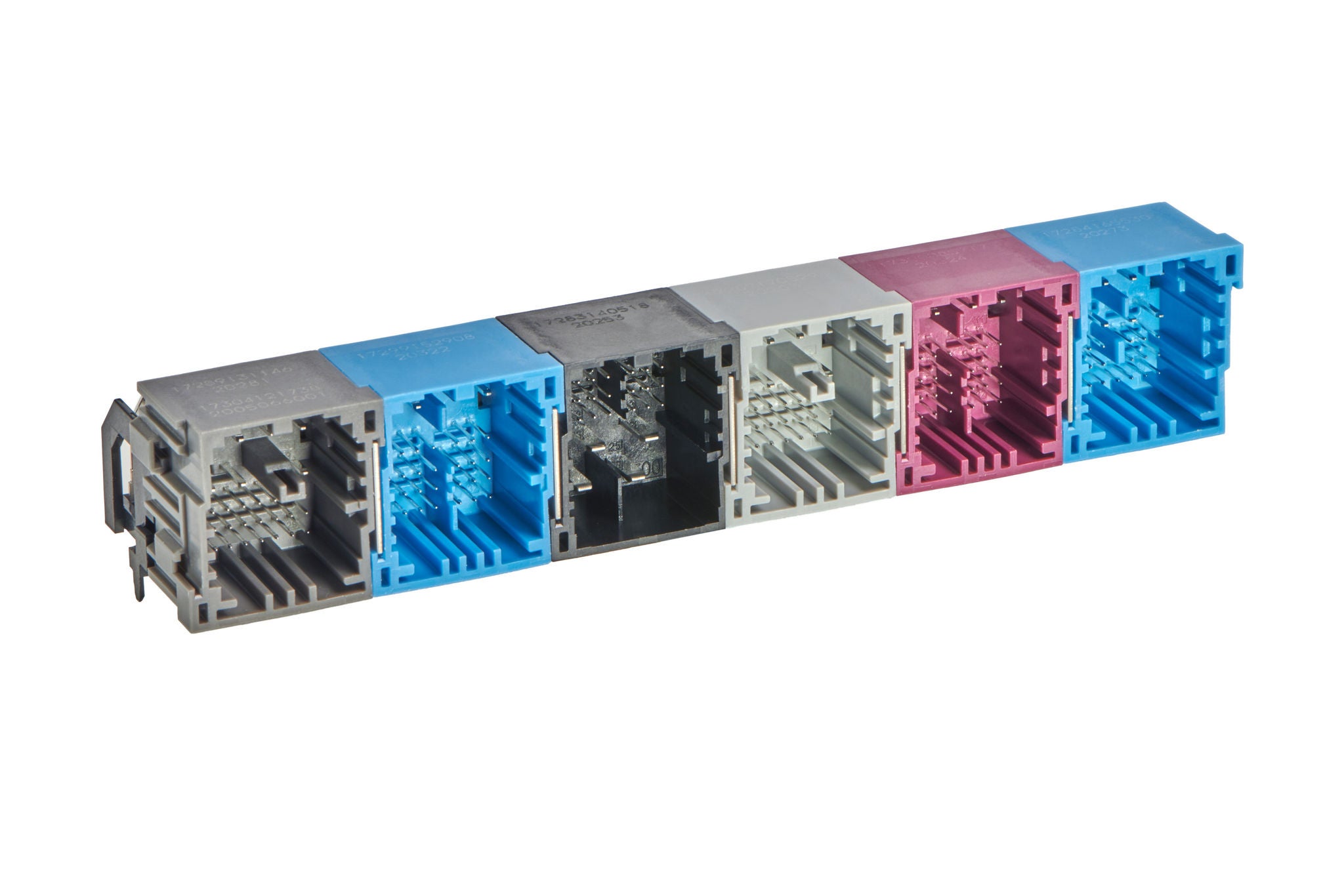Comprehensive Solutions for Advanced Vehicle Connectivity
The automotive industry is experiencing fierce competition and rising consumer expectations for advanced electronics. The introduction of software-defined vehicles (SDV) and the growing adoption of ADAS require integration of increasingly complex systems.
At the same time, the market is constantly pushing toward smaller, lighter electronic components to improve overall vehicle efficiency and performance. Automotive engineers demand connectivity solutions that not only reduce the connector footprint but also maintain reliability and performance under harsh automotive conditions. These challenges are compounded by ongoing global supply chain issues which force engineers to find alternative solutions or redesign entire systems to accommodate available components.
With decades of experience in automotive electronics and innovative connector design, Molex leads with a proven portfolio of high-speed and miniaturized automotive connectors, featuring automation-friendly features and sealing technologies that meet the industry demand for reliability and performance. The global reach of the Molex manufacturing footprint secures material and component availability in a dynamic supply chain environment.















?ts=1756494511005&dpr=off)




